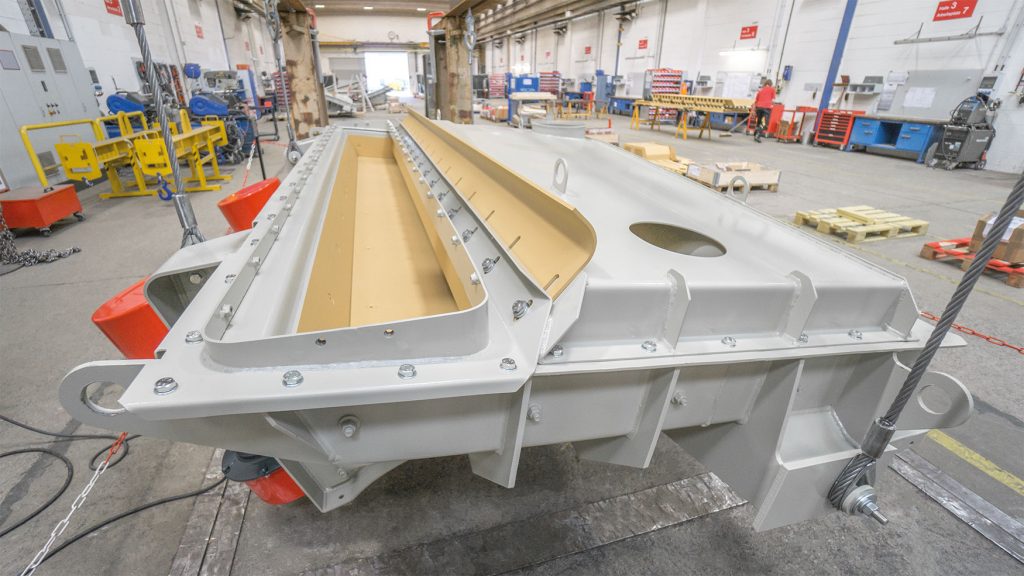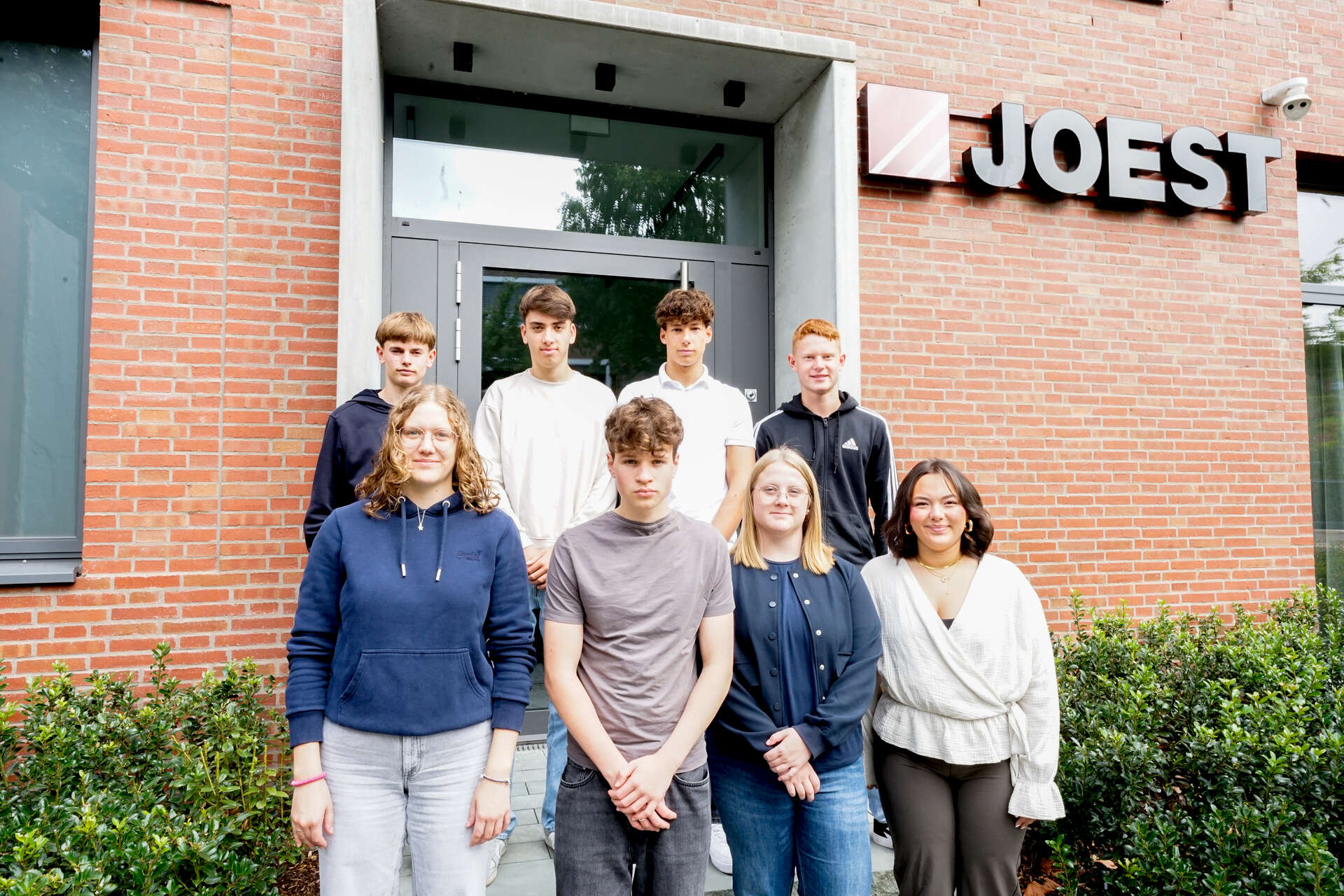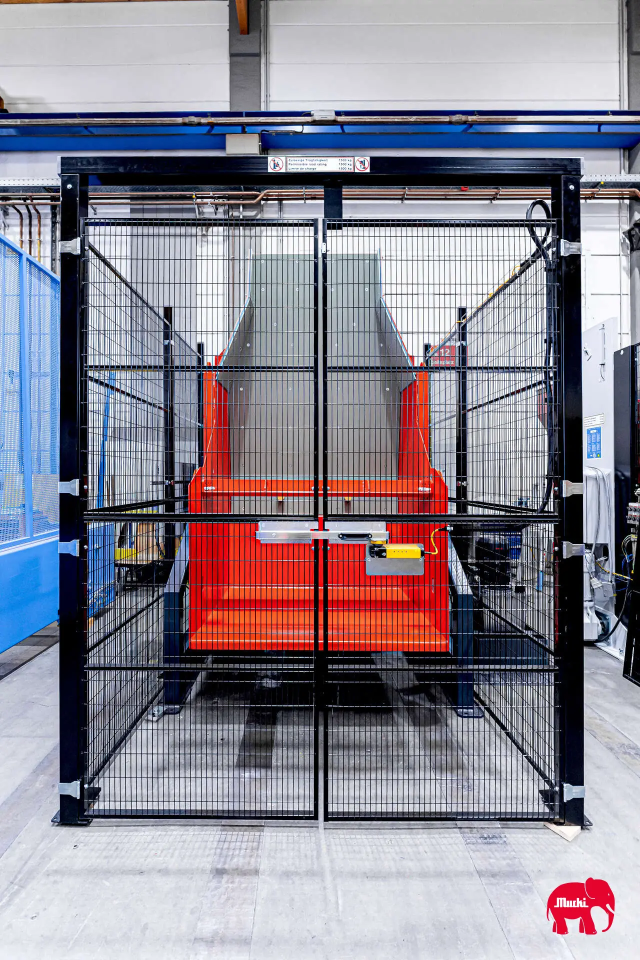MINING, MINERALS & QUARRYING
Handling of iron ore in a small space

In the middle of June 2017 JOEST delivered two hopper discharge feeder with very high process engineering and installation requirements.
The international Mining Company is operating a plant for processing iron ore for several years. For the separation of magnetic components from the fine iron ore fraction, magnetic conveyors have been used so far for feeding the three meter wide sorting devices. These vibrating conveyors extract product controlled from an intermediate storage bin at the same time. Two process steps are handled by one machine.
The geometrical installation situation between bin and sorting device provides a 3 meter wide and only 1.4 meter long vibrating conveyor for each unit, which – also due to further stationary peripherals – must be adapted to the height of the situation. On the one hand, the machine had to be designed in such a way that it regulates the product flow from the bunker, but on the other hand also with stands the head load from the bunker. In addition an even product distribution over the width with low layer thickness must be secured. These process engineering requirements in combination with the structural crowded situation showed technical problems when using the magnetic resonance conveyor technology.
JOEST was selected to design and build an individual hopper discharge feeder in massive construction. Due to the harsh conditions in this mine, a special heavy duty design was required. In this case, unbalanced motors have been used, which can be operated at variable speed in combination with a sufficient power reserve and frequency converter. The flexible use of JOEST standard components ensures high operating safety and long service life. The machine section on the outlet side is in stainless steel because of the magnetic field. Due to the tight space requirement below the machine, the vibrating conveyor is completely displaced by cable suspensions. The drive beam has been slightly moved backwards in order to be able to build the feeder flatter and more compact and to avoid integration problems. Once again the JOEST team made clear that it can work out the right solution for every customer.
Weitere Beiträge
As we kick off the new training year, we are excited to welcome eight motivated young talents to our team:
JOEST’s latest MUCKI Tipping Device sets new standards in automated material handling. Specifically designed to feed a tumblast shot blasting machine in forging operations, this robust system ensures a reliable and fully automated process.
In sensitive production environments such as the chemical and food industries, equipment must meet stringent requirements – from cleanability and operational safety to compliance with explosion protection standards.
From October 21 to 24, 2025, it’s that time again: Blechexpo in Stuttgart opens its doors






